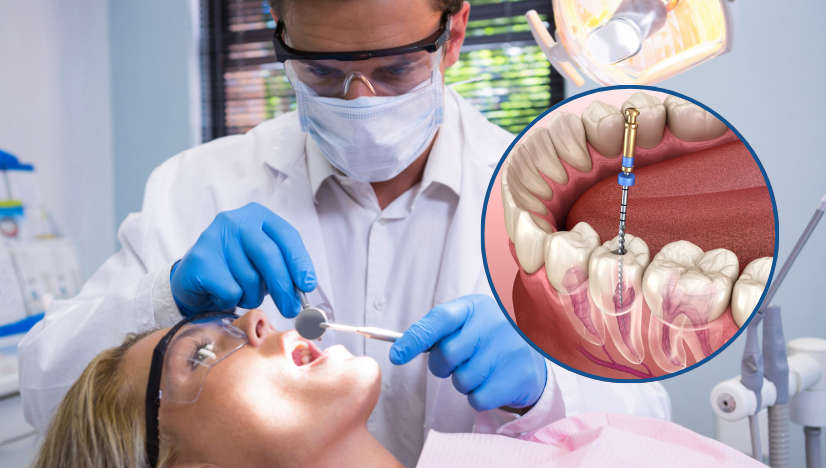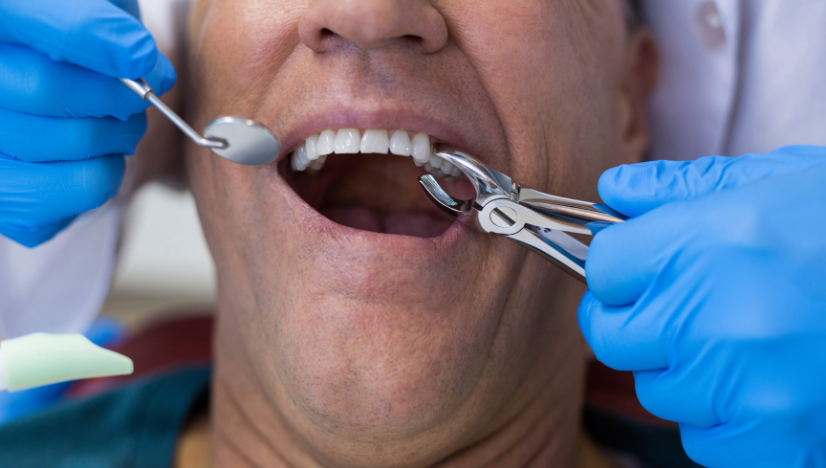
Are you dreading the thought of limited food options after your tooth extraction? Don’t worry; we’ve got you covered! In this ultimate guide to soft foods, we’ll not only provide you with a list of tasty and nourishing options but also offer helpful tips on how to best take care of yourself during the healing process. Whether it’s a wisdom tooth or any other dental procedure that has left you feeling unsure about what to eat, read on for all the delicious inspiration and insights you need to make this post-extraction journey as smooth as possible!
The Role of Soft Foods in Post-Extraction Recovery:
After a tooth extraction, the delicate tissues in and around the extraction site need time to heal. Abrasive or hard foods can irritate the area, potentially leading to pain, bleeding, or even dislodging the blood clot that forms to protect the healing process. Soft foods play a vital role in supporting your recovery in several ways:
Minimizing Discomfort: Soft foods are easy to chew and require minimal jaw movement, reducing discomfort and irritation to the healing gums.
Preventing Injury: The extraction site is sensitive, and consuming foods that are too hard or sharp can pose a risk of injury. Soft foods decrease the likelihood of trauma to the surgical area.
Ensuring Nutrition: While focusing on softer options, it’s crucial to maintain proper nutrition for overall well-being. Opting for nutrient-dense soft foods supports your body’s healing process.
What to Eat in the Initial Days:
1. Smoothies and Protein Shakes: Blended beverages with a combination of fruits, vegetables, and protein sources offer a tasty and nutritious option. Ensure the ingredients are well-blended and free of seeds or coarse textures.
2. Mashed Potatoes: Creamy and easy to swallow, mashed potatoes provide versatility. Add a touch of butter or sour cream for added flavor.
3. Applesauce: Unsweetened applesauce is a gentle option that provides a hint of natural sweetness without the need for added sugars.
4. Yogurt: Soft, creamy yogurt is not only easy on the gums but also a good source of probiotics that support digestive health. Choose plain or lightly flavored options.
5. Oatmeal: Warm and comforting, oatmeal is an excellent choice for a soft breakfast. Customize it with soft fruits like bananas or cooked apples.
6. Eggs: Scrambled or soft-boiled eggs are rich in protein and easy to chew, providing essential nutrients for healing.
7. Pureed Soups: Opt for smooth and pureed soups, such as butternut squash or tomato bisque. They offer warmth and valuable vitamins and minerals.
8. Avocado: Creamy and nutrient-dense, avocados are an excellent source of healthy fats. Mash them for a soft spread, or add them to smoothies.
Transitioning to Slightly Firmer Foods:
As the initial days pass and your extraction site heals, you can gradually introduce slightly firmer but still soft foods:
1. Pasta: Cooked pasta, whether plain or with a soft sauce, provides a more substantial option without excessive chewing.
2. Fish: Soft, flaky fish such as salmon or tilapia can be baked or steamed for a protein-rich and easily digestible meal.
3. Ground Meat: Cooked and finely ground meat, such as turkey or chicken, can be incorporated into dishes like meatballs or casseroles.
4. Rice: Well-cooked rice, whether white or brown, offers a softer grain option that can be easily paired with other soft ingredients.
5. Cottage Cheese: Soft and mild in flavor, cottage cheese is a good source of protein and can be enjoyed on its own or with soft fruits.
6. Soft Fruits: Add softer fruits, such as berries, melons, and peaches. Make sure to chop them into small, manageable chunks.
7. Pudding and Custard: Smooth and creamy desserts like pudding or custard can satisfy sweet cravings without causing discomfort.
8. Soft Bread: Choose bread that is not too crusty and can be easily softened with spreads like butter or cream cheese.
Tips for Optimal Healing:
Stay Hydrated: Adequate hydration is crucial for the healing process. Drink plenty of water, and avoid using straws, as the sucking motion can disrupt the healing clot.
Follow Postoperative Instructions: Adhere to the guidelines provided by your dentist or oral surgeon. This may involve avoiding specific foods, maintaining good oral hygiene, and adhering to prescribed medication.
Gradual Progression: Introduce firmer foods gradually, paying attention to how your mouth responds. If you experience any discomfort or pain, revert to softer options for a few more days.
Avoid Hot and Spicy Foods: Avoid consuming hot and spicy foods that may irritate the extraction site. It is advisable to choose lukewarm or room temperature options.
Pay attention to your body: It is important to be mindful of the signals that your body is sending. If you experience discomfort from a specific food, it is advisable to set it aside and attempt to reintroduce it into your diet at a later stage of your recovery.
Navigating the post-tooth extraction period with a diet of soft foods is essential for a smooth and comfortable recovery. From nutrient-rich smoothies to comforting mashed options, the choices are varied and delicious. By prioritizing gentle, nourishing foods during the initial days and gradually reintroducing firmer options, you contribute to the healing process and set the stage for a smooth transition back to your regular diet. Remember, each person’s recovery is unique, so it’s essential to listen to your body and consult with your dental professional for personalized guidance on what to eat after tooth extraction.




